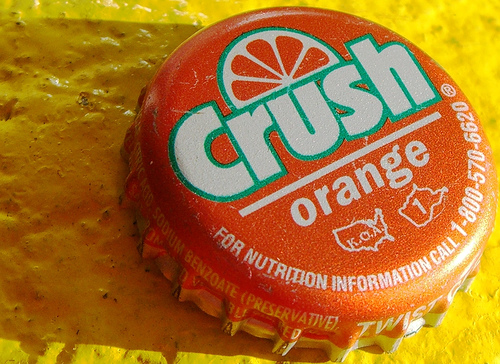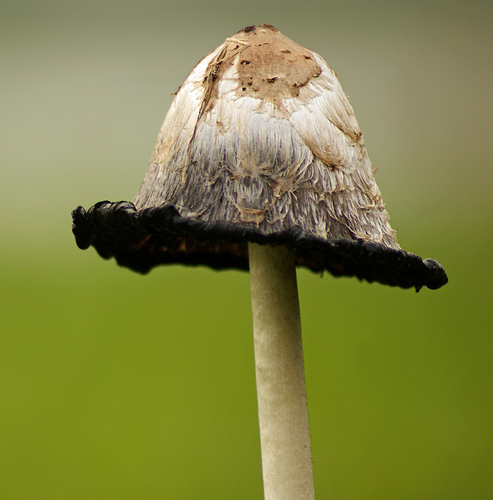Some time back, I discussed some historical crushes, and I have previously discussed my ten fictional best friends. Why not share my ten fictional crushes? Since this weeks’ Top Ten Tuesday is a “pick your own” topic, this weeks seems like the perfect time. Don’t necessarily view these in a particular order.
- James Alexander Malcolm MacKenzie Fraser. If you have read the [amazon_link id=”0440423201″ target=”_blank” ]Outlander[/amazon_link] series, I don’t need to say any more. You know exactly what I’m talking about. My husband is a redhead, and let’s just say my crush on Jamie may have contributed to my interest in red-headed men.
- Severus Snape. OK, I admit this one is weird. He’s mean. He’s given to pettiness. That comment he makes about Hermione’s teeth in [amazon_link id=”0439139600″ target=”_blank” ]Harry Potter and the Goblet of Fire[/amazon_link] is pretty much unforgivable. I just really love his characterization. When I discovered in [amazon_link id=”0545139708″ target=”_blank” ]Harry Potter and the Deathly Hallows[/amazon_link] that he had carried a torch for Lily Evans Potter for most of his life, I was sold. In fact, my favorite chapter in the whole book series is “The Prince’s Tale” in [amazon_link id=”0545139708″ target=”_blank” ]Harry Potter and the Deathly Hallows[/amazon_link]. Plus, Alan Rickman.
- Faramir. Yeah, Aragorn was never my cup of tea, but Faramir is a really cool guy, and I was glad when Eowyn woke up to that fact and ditched her awkward crush on Aragorn for true love with Faramir. He’s noble and brave. Pippin thought so highly of him that he named his son after him, you know.
- Father Ralph de Briccasart. Just like Meggie. Sigh. Richard Chamberlain in that miniseries probably contributes as much to my Father Ralph crush as Alan Rickman’s portrayal does to my Snape crush.
- Rhett Butler. So bad. So smooth. And yet so in love with Scarlett (for whatever reason!). Honestly, Margaret Mitchell had to have been thinking about Clark Gable when she wrote the novel because he’s just perfect for the part. I remember when I read the book the first time, even though I hadn’t seen the movie, I knew Clark Gable played the role in it, and I thought even then that she had to have been thinking about Gable. I have to say, that first time, I pictured Scarlett as a redhead, even though she’s described as having dark hair, but now Vivian Leigh just is Scarlett.
- Captain Frederick Wentworth. Come on. You’ve read that letter, haven’t you? If you have, you need no further explanation. Plus, he’s a keeper. Even though he was rejected, he was still in love with Anne, and he gave her a second chance. I can’t imagine they were anything but perfectly happy together.
- Louis de Pointe du Lac. Lestat was a bit stuck on himself for my taste, and favorite book in the Vampire Chronicles has always been [amazon_link id=”0345409647″ target=”_blank” ]Interview with the Vampire[/amazon_link].
- Speaking of which, Edward Cullen. Yeah, I know. This one is really wrong. I don’t like this about myself, but there it is.
- Fitzwilliam Darcy. Naturally. I actually have a mug at work labeled Mrs. Darcy. I had a travel mug with the same label, but it broke, and a friend bought me a new Mrs. Darcy mug for Christmas. That is a good friend.
- This last is a bit of a cheat, but Nate from the book I’m currently writing, which is as yet untitled. I see him as a sort of amalgamation of Jeff Buckley and Jack White. He’s kind of dreamy. He is based on the Irish hero Naoise from the Legend of Deirdre.
photo credit: Darwin Bell







